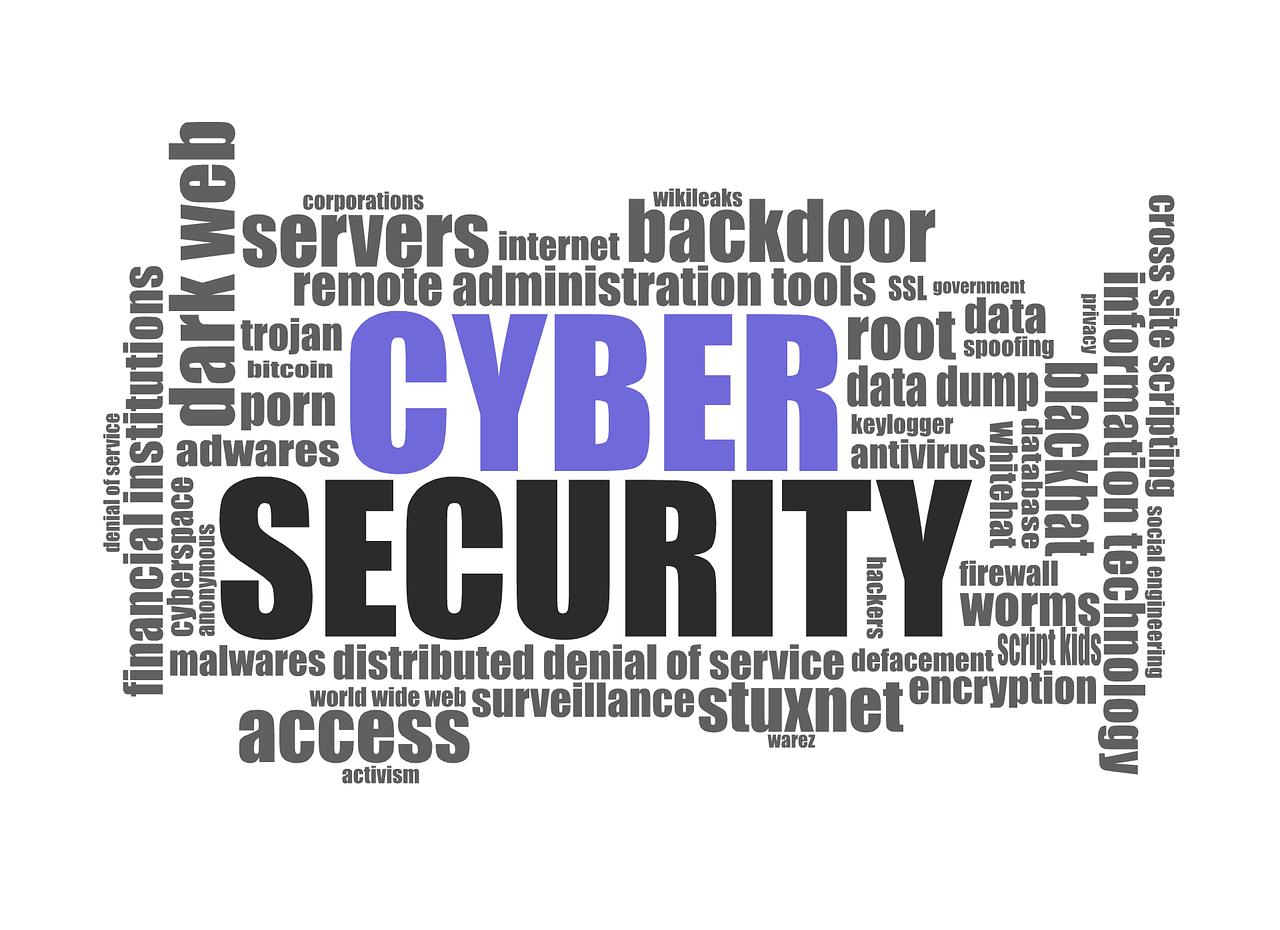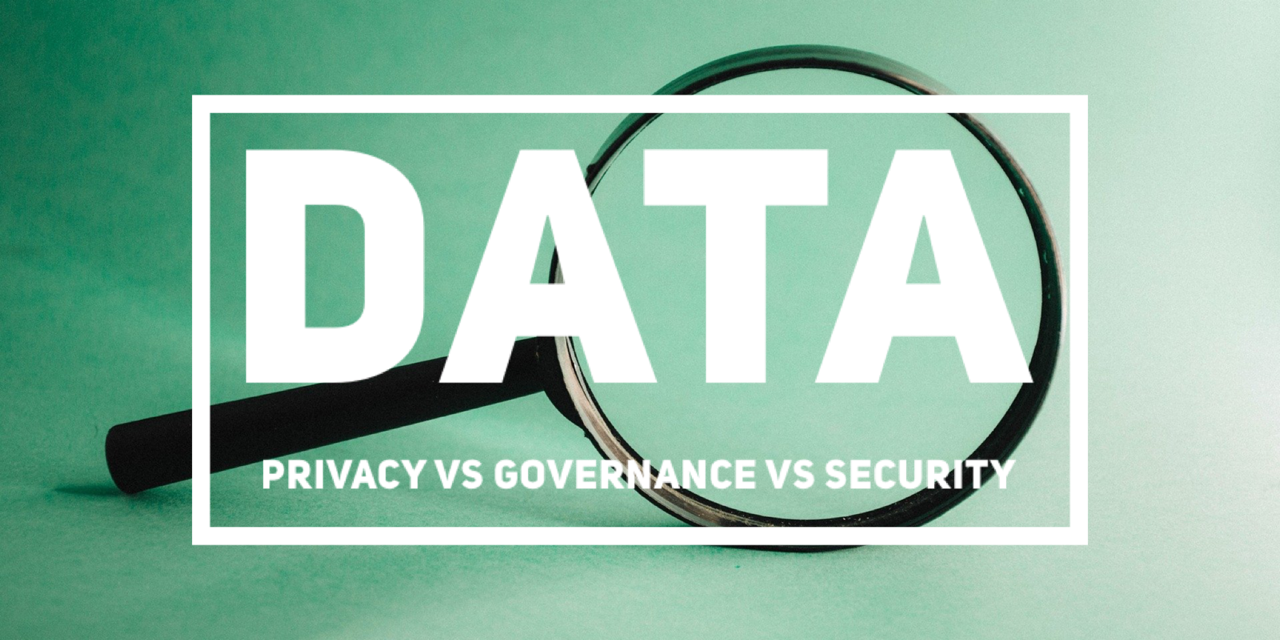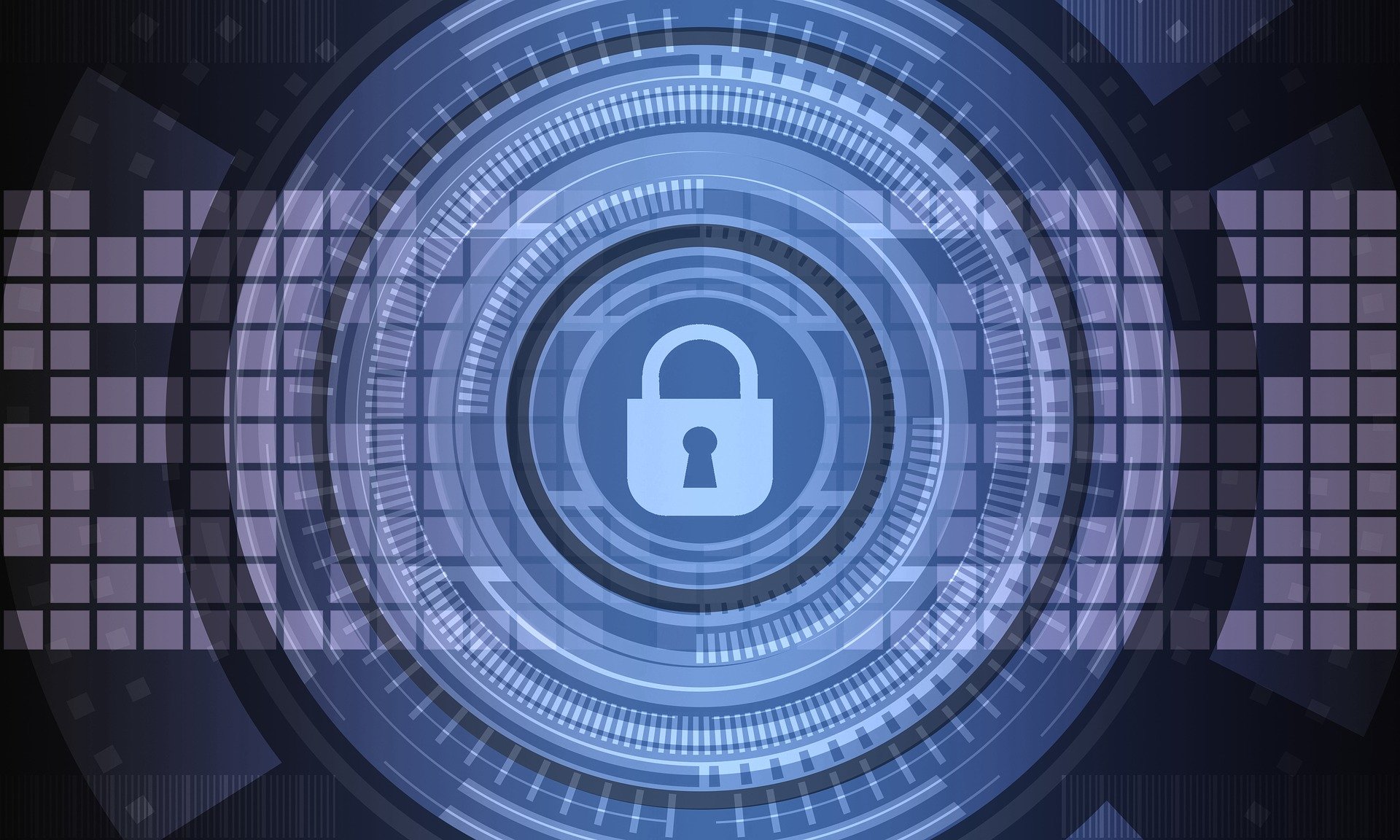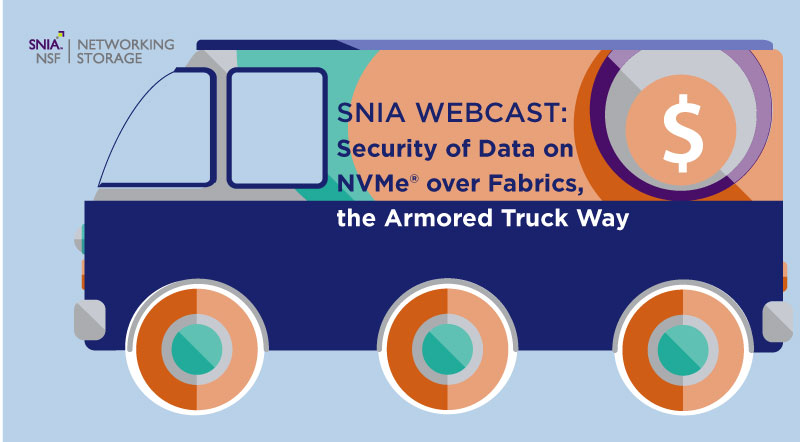The complex and changeable structure of edge computing, together with its network connections, massive real-time data, challenging operating environment, distributed edge cloud collaboration, and other characteristics, create a multitude of security challenges. It was the topic of our SNIA Networking Storage Forum (NSF) live webcast “Storage Life on the Edge: Security Challenges” where SNIA security experts Thomas Rivera, CISSP, CIPP/US, CDPSE and Eric Hibbard, CISSP-ISSAP, ISSMP, ISSEP, CIPP/US, CIPT, CISA, CDPSE, CCSK debated as to whether existing security practices and standards are adequate for this emerging area of computing. If you missed the presentation, you can view it on-demand here.
It was a fascinating discussion and as promised, Eric and Thomas have answered the questions from our live audience.
Q. What complexities are introduced from a security standpoint for edge use cases?
A. The sheer number of edge nodes, the heterogeneity of the
nodes, distributed ownership and control, increased number of interfaces,
fit-for-use versus designed solution, etc. complicate the security aspects of
these ecosystems. Performing risk assessments and/or vulnerability assessments
across the full ecosystem can be extremely difficult; remediation activities
can be even harder.
Q. How is data privacy impacted and managed across cloud to edge applications?
A. Movement of data from the edge to core systems could easily cross multiple jurisdictions that have different data protection/privacy requirements. For example, personal information harvested in the EU might find its way into core systems in the US; in such a situation, the US entity would need to deal with GDPR requirements or face significant penalties. The twist is that the operator of the core systems might not know anything about the source of the data.
Q. What are the priority actions that customers can undertake to protect
their data?
A. Avoid giving personal information. If you do, understand your rights (if any) as well as how it will be used, protected, and ultimately eliminated.
This session is part of our “Storage Life on the Edge” webcast series. Our next session will be “Storage Life on the Edge: Accelerated Performance Strategies” where we will dive into the need for faster computing, access to storage, and movement of data at the edge as well as between the edge and the data center. Register here to join us on July 12, 2022. You can also access the other presentations we’ve done in this series at the SNIA Educational Library.














Leave a Reply